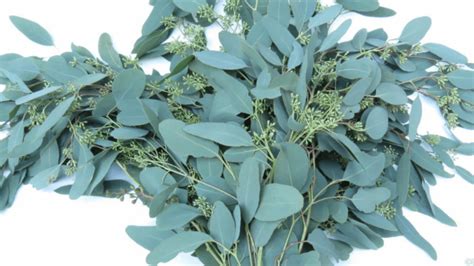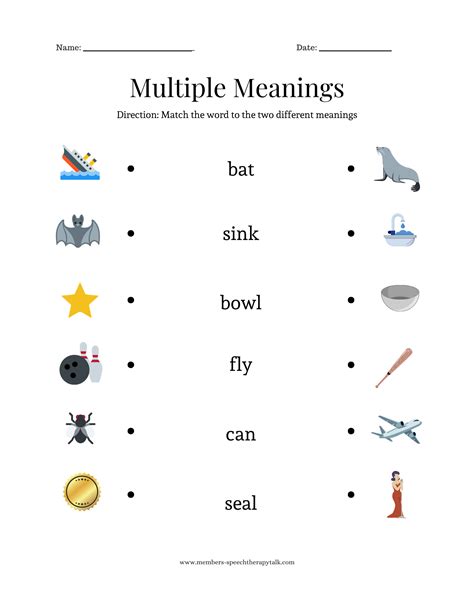When it comes to the iconic California eucalyptus, understanding its unique needs is crucial for maintaining its health and vigor. Native to Australia but widely cultivated in California for its fragrant foliage and rapid growth, the eucalyptus tree requires specific care to thrive in the Golden State’s varied climates. From choosing the right variety to mastering the art of pruning, here’s a comprehensive guide to help you navigate the world of California eucalyptus care.
Understanding Your Eucalyptus
Before diving into care tips, it’s essential to understand the basics of your eucalyptus tree. With over 700 species, the eucalyptus is a diverse genus, and not all trees are suited for California’s climate. Species like Eucalyptus globulus (Tasmanian blue gum) and Eucalyptus gunnii (cider gum) are popular for their hardiness and adaptability. Understanding the specific needs of your eucalyptus species can make a significant difference in its health and your overall success as a caretaker.
1. Choosing the Right Location
Eucalyptus trees prefer full sun to partial shade, depending on the species. In California, where sunlight can be intense, especially in southern regions, selecting a location that provides some afternoon shade can be beneficial. Additionally, eucalyptus trees are not tolerant of soggy soil, so ensuring good drainage is critical. Avoid planting in areas where water tends to collect, as this can lead to root rot.
2. Soil Preparation
While eucalyptus trees can tolerate a wide range of soils, they thrive in well-draining, slightly acidic to neutral soils (pH 6.0-7.0). Before planting, test your soil to determine its pH level and nutrient content. Based on the results, you may need to amend the soil with organic matter like compost or well-rotted manure to improve its fertility and drainage.
3. Watering
Young eucalyptus trees need regular watering, especially during their first year of growth. However, as they mature, they become more drought-tolerant. It’s crucial to find a balance between keeping the soil consistently moist and avoiding overwatering, which can be detrimental. During hot, dry spells, mature trees may require occasional deep watering to prevent stress.
4. Fertilization
Eucalyptus trees are not heavy feeders but will benefit from an annual application of a balanced, slow-release fertilizer. This is particularly important during the growing season (spring and summer) when the tree is producing new foliage. However, avoid overfertilizing, as this can lead to weak growth and make the tree more susceptible to pests and diseases.
5. Pruning
Pruning is a critical aspect of eucalyptus care. It not only helps maintain the tree’s shape and promote healthy growth but also reduces the risk of branch failure, which can be dangerous. Prune your eucalyptus annually to remove dead, diseased, or damaged branches. For younger trees, pruning can also help control height and encourage a stronger, more balanced structure.
6. Pest and Disease Management
Eucalyptus trees can be susceptible to pests like aphids, psyllids, and borers, as well as diseases such as root rot and leaf spot. Monitor your tree regularly for signs of infestation or infection. Use organic or chemical controls as necessary, always following the product’s instructions and taking precautions to minimize environmental impact.
7. Mulching
Mulching around the base of your eucalyptus tree can help retain moisture, suppress weeds, and regulate soil temperature. Keep the mulch layer thin (about 2-3 inches) and avoid piling it against the trunk to prevent rot and other issues. Organic mulches like wood chips or bark are good options.
8. Support
Young or newly transplanted eucalyptus trees may require support, especially in windy areas. Use stake supports carefully to avoid damaging the trunk. Remove stakes after a year or when the tree is well-established, as prolonged staking can weaken the tree.
9. Repotting (for Potted Eucalyptus)
If you’re growing eucalyptus in containers, it will eventually outgrow its pot and need repotting. Choose a pot that is only slightly larger than the previous one to prevent the soil from becoming too wet. Repotting is best done in the spring when the tree is starting its active growth phase.
10. Monitoring for Stress
Eucalyptus trees can exhibit signs of stress due to drought, overwatering, nutrient deficiency, or pest and disease issues. Keep an eye out for yellowing leaves, premature defoliation, or soft, spineless new growth. Addressing the underlying cause promptly can help mitigate damage and prevent long-term harm.
11. Community Interaction
Eucalyptus trees are often considered invasive in certain areas of California due to their ability to outcompete native vegetation for water and resources. If you’re planning to plant a eucalyptus, consider its potential impact on local ecosystems and consult with local nurseries or gardening experts for advice on less invasive alternatives.
12. Seasonal Care
- Spring: Prune to maintain shape and promote new growth. Fertilize with a balanced fertilizer.
- Summer: Monitor water levels closely, especially during hot spells. Continue to prune as necessary.
- Autumn: Reduce watering as the tree prepares for dormancy. Mulch around the base to retain moisture and protect against frost.
- Winter: Protect young trees from frost damage using covers or bringing potted trees to protected locations.
Final Considerations
Caring for a California eucalyptus tree is a rewarding experience that requires attention to detail and a willingness to adapt to the tree’s unique needs. By following these care tips and staying vigilant for potential issues, you can enjoy the beauty and benefits of your eucalyptus tree for years to come. Whether you’re a seasoned gardener or just starting out, the eucalyptus offers a fascinating journey of discovery and growth.
How often should I water my eucalyptus tree in California's dry summer?
+Water your eucalyptus tree deeply once or twice a week during dry summers, depending on soil type and weather conditions. However, avoid overwatering, which can lead to root rot. Check the soil moisture by inserting your finger into the soil up to the knuckle; if the soil feels dry, it's time to water.
Can I grow eucalyptus in a container in California, and what are the benefits?
+Yes, you can grow eucalyptus in a container in California. The benefits include better control over soil quality, the ability to move the tree to different locations for optimal sunlight and protection from extreme weather, and the potential for earlier harvesting of leaves for medicinal or culinary use. Ensure the container is large enough to accommodate the tree's root system and provide good drainage.
How can I protect my eucalyptus tree from frost in colder California regions?
+To protect your eucalyptus tree from frost, cover the tree with a frost blanket or sheet when frost is expected. For potted trees, move them to a protected location such as a garage or indoors. Mulching around the base of the tree can also help protect the roots from freezing temperatures. Young trees are more susceptible to frost damage, so take extra precautions during the first few years after planting.
In conclusion, caring for a California eucalyptus tree requires a thoughtful approach that balances its needs with the state’s unique climate conditions. By adopting these practices and staying informed about the best care strategies, you’ll not only ensure the health and beauty of your tree but also contribute to a more sustainable and environmentally conscious gardening practice.



